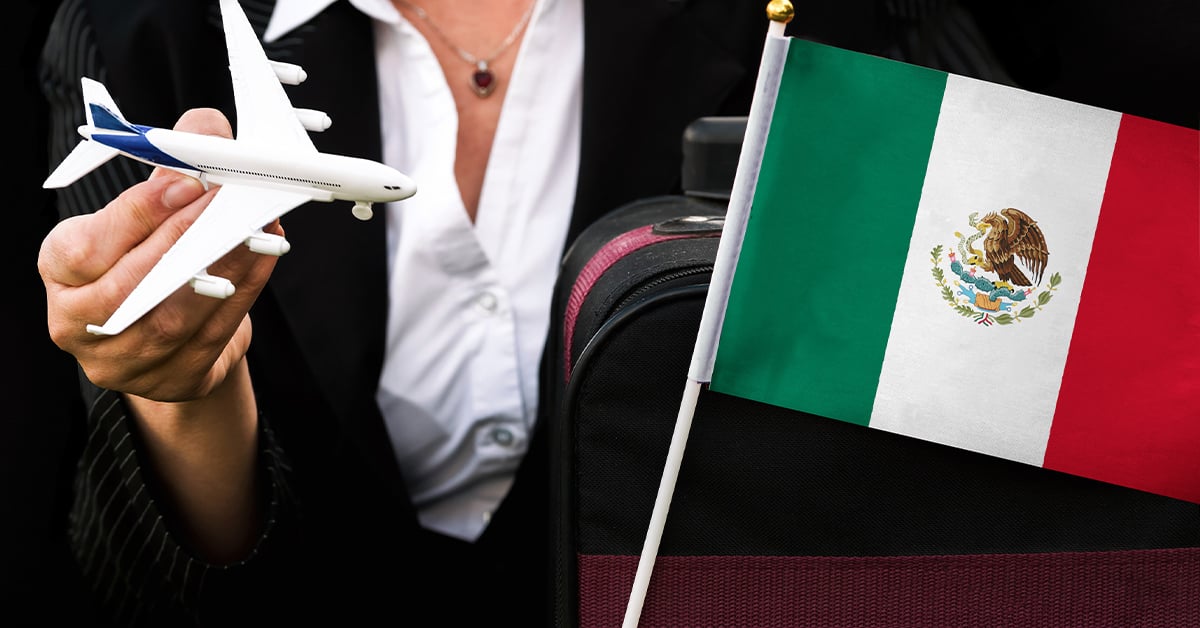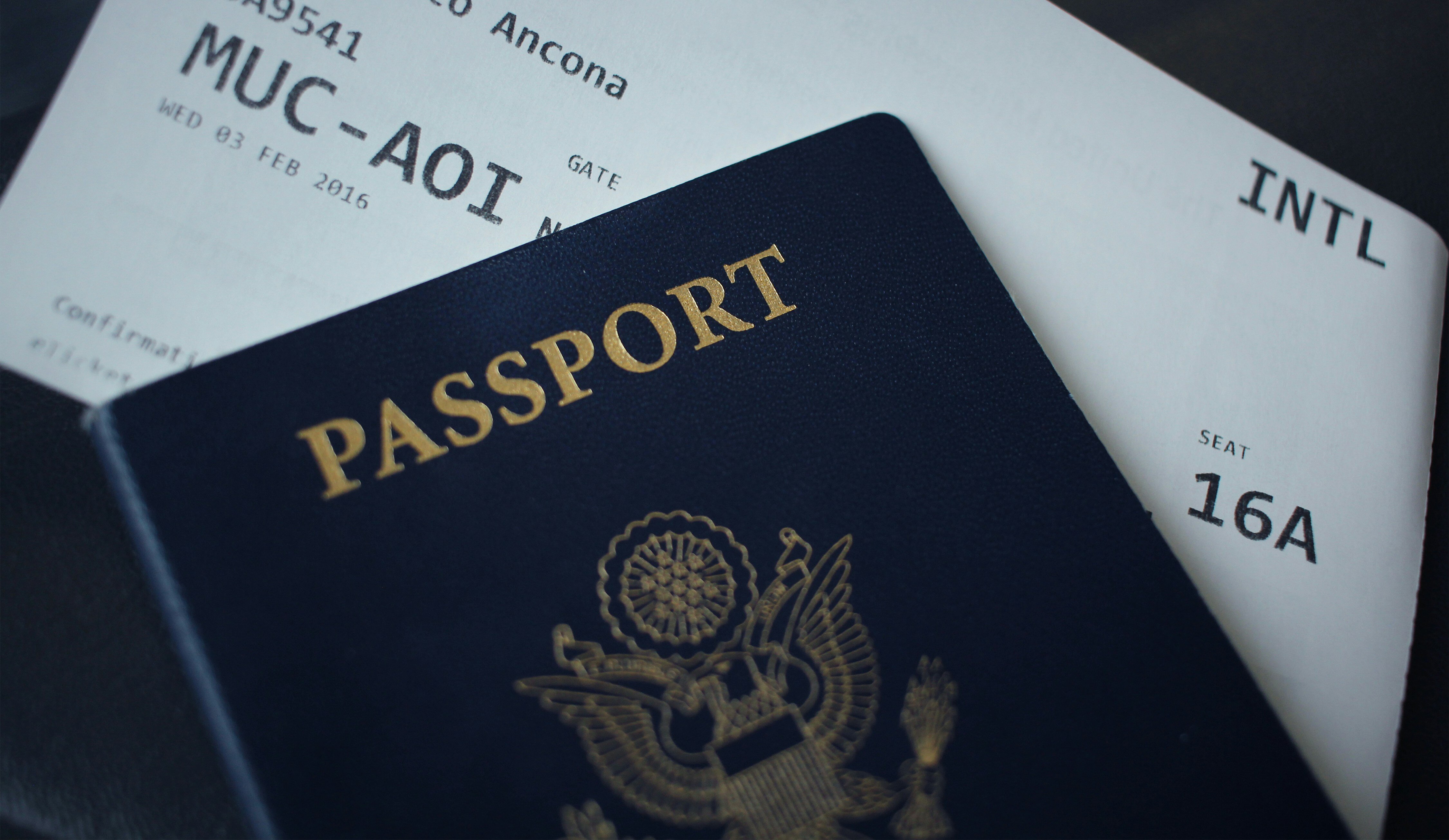5 Essential Tips for Traveling Internationally with Your Cell Phone

Heading to explore new countries is an adventure, but it often comes with the nerve-wracking question: "Will my cell phone work abroad?" Understanding the ins and outs of international roaming—the ability to use your cell phone plan while traveling outside your home country—can be the difference between a smooth, connected trip and one filled with unexpected charges or, worse, complete disconnection.
International roaming can be a double-edged sword. On one hand, it offers the convenience of keeping your phone number and staying connected with family, friends, and essential services. On the other hand, if managed properly, it can lead to surprisingly high fees for phone calls, text messages, and data usage.
Before you pack your bags and set off, it’s crucial to understand what your current cell phone plan covers for international travel. In this guide, we’ll explore essential tips for navigating the complexities of global roaming, from leveraging eSIM, Wi-Fi, and apps to understanding SIM card options. These strategies will help you stay connected without breaking the bank, ensuring your overseas adventures are as stress-free as possible.
What is International Roaming?
International roaming is a service that allows you to use your cell phone for calls, text messages, and internet access while traveling outside your home country. It's like taking a piece of home with you, ensuring you stay connected, whether navigating the streets of Quebec with Google Maps, sharing your Mexican getaway on social media, or keeping in touch with loved ones via WhatsApp. When you roam internationally, your cell phone automatically connects to a local network in the country you're visiting. This partnership between your home service provider, like Red Pocket, and the local networks ensures you can use your phone almost as if you were still at home.
However, this convenience often comes with a cost. Depending on your provider and plan, you might face higher rates for using data, making phone calls, and sending text messages abroad. Some providers offer international plans or travel passes that include a certain amount of data and minutes for a daily fee, providing a more budget-friendly way to roam.
Understanding how international roaming works and what your cell phone plan includes are crucial steps in preparing for hassle-free travel abroad, ensuring you can enjoy unlimited texting, ample data usage, and the convenience of keeping your American phone number, all while exploring the world.
5 Tips for Travelling Internationally with Your Cell Phone:
1. Understanding eSIM Technology
eSIM technology revolutionizes how we stay connected during international travel, making it easier and more flexible. An eSIM, or embedded SIM, is a digital SIM card that allows you to activate a cellular plan from your carrier without needing a physical SIM card. This is particularly advantageous for travelers for several reasons.
Firstly, eSIM enables you to keep your existing phone number and plan active for calls and texts back home while also allowing you to subscribe to local networks for data usage in the country you're visiting. This dual capability ensures you can enjoy local data rates, often much cheaper than international roaming charges, without losing access to your home number for necessary calls and texts.
Secondly, switching to a local network or an international data plan via eSIM can be done instantly without visiting a physical store to buy a local SIM card. This is incredibly convenient for travelers arriving in a new country where language barriers or finding a reputable store might be an issue. With eSIM, you can research and choose the best local plan or a suitable international data plan offered by providers like Google Fi or your existing carrier before you even land, ensuring you're connected when you step off the plane.
Furthermore, eSIM supports multiple profiles. You can have several plans (including your home plan and one or more international plans) stored on your device simultaneously and switch between them as needed. This is ideal for frequent travelers or those visiting multiple countries in one trip, offering seamless connectivity across borders.
2. Managing Data Usage Overseas
When exploring new countries, managing your cell phone's data usage wisely is critical to avoiding unexpected charges. Overseas data rates can be steep, but with a few innovative strategies, you can keep your costs down while still enjoying the conveniences of your smartphone.
Connect to Wi-Fi Whenever Possible
One of the simplest ways to minimize data usage is connecting to Wi-Fi networks. Whether it's free Wi-Fi at your hotel, a café, or public hotspots in cities like Europe and Canada, these connections can save you from using your cellular data for activities like browsing the web, streaming music, or uploading photos to social media. Apps like Facebook Messenger and WhatsApp also allow for messaging and voice calls over Wi-Fi, reducing the need for mobile data.
Download Offline Maps and Guides
Before you head out for the day, download maps and travel guides using apps like Google Maps. This allows you to navigate without consuming data as you explore. Whether wandering through ancient Mexican streets or finding your way to a beach, offline maps are invaluable.
Monitor and Limit Your Data Use
Monitor your data usage through your smartphone's settings (iPhone and Android devices offer this feature). You can set alerts to notify you as you approach your data limit. Additionally, consider turning off background data for apps that don't need to update regularly and use settings like "Low Data Mode" or "Data Saver" to reduce data consumption when using mobile data.
Utilize Messaging Apps Over SMS
Messaging apps like WhatsApp, iMessage, and Facebook Messenger use minimal data for sending texts and photos. By relying on these apps instead of traditional SMS text messages, you can communicate freely without worrying about the extra costs of international texting.
Opt for a Local SIM Card or an International Data Plan
If you spend an extended period in one country, purchasing a local SIM card can be cost-effective. For those with unlocked phones, this allows access to local data plans at much lower rates than international roaming. Alternatively, consider international data plans or travel packages from your home provider, which offer a fixed amount of data for a daily or monthly fee, providing peace of mind and easier budgeting.
3. Staying Connected Without Breaking the Bank
Staying connected while exploring the globe doesn't have to mean a hefty phone bill waiting for you at home. With some savvy planning and the right tools, you can keep in touch with friends, family, and your social media followers without breaking the bank. Here’s how:
Wi-Fi is Your Best Friend
Make the most of Wi-Fi networks to handle your data needs. Most hotels, cafes, and even public spaces worldwide offer free Wi-Fi access, allowing you to browse the internet, use social media, stream videos, and even make voice and video calls without dipping into your data plan. Before starting your day, download local maps, restaurant recommendations, and any travel guides you might need so you're prepared even offline.
Messaging Apps
Apps like WhatsApp, Facebook Messenger, and Skype have transformed international communication. These platforms use minimal data and work great on Wi-Fi, enabling you to send messages, share photos and videos, and even make phone calls. They're a cost-effective alternative to traditional SMS texts and phone calls, mainly when contacting people across different countries.
Utilize Offline Features
Many apps offer offline functionalities that can be a game-changer for international travelers. From offline maps on Google Maps to downloaded playlists on Spotify and episodes on Netflix, you can enjoy many entertainment and utilities without consuming data. Setting your smartphone to "airplane mode" can help save battery life and prevent accidental data use while allowing you to access these offline features.
International Plans and eSIM Options
Before heading overseas, explore international travel plans offered by your service provider. For those with eSIM-capable devices, consider activating an eSIM profile for your destination. This digital SIM option allows you to access local networks at more affordable rates, ensuring you can use data freely without fearing unexpected charges.
Opt for Local SIM Cards
Buying a local SIM card can be the most economical choice if you spend considerable time in one country. This requires an unlocked phone but gives you access to local rates for calls, texts, and data, which are often significantly cheaper than international roaming charges.
Monitor Your Usage
Monitor your data consumption through your phone’s settings. Many smartphones enable you to set data usage alerts, ensuring you stay within your limits. Additionally, turning off background data for apps that don’t need to be constantly updated can further reduce unnecessary data drain.
4. International Calling and Texting Tips
When traveling abroad, staying in touch via calls and texts doesn't have to lead to excessive charges. Utilizing Wi-Fi connections through messaging apps like WhatsApp, Skype, and Facebook Messenger can significantly cut costs by allowing free voice and video calls and messages, bypassing traditional phone service fees. Before departure, explore international packages from your cell phone provider, or consider the flexibility of a local SIM card or eSIM for access to local rates, which can be more budget-friendly for extended stays.
Additionally, turning off data roaming and using apps that operate on Wi-Fi ensures you won't incur unexpected charges. Informing your contacts about your temporary number if you opt for a local SIM and being mindful of time zones when reaching out will keep communication smooth. These strategies enable you to maintain essential contact without the financial burden, ensuring your focus remains on enjoying your international experience.
5. Security Measures for Your Phone Abroad
The last thing anyone wants is for their digital lifeline to become compromised while exploring far from home. To ensure your device and data stay protected, consider these essential security measures:
Creating Strong Passwords
Secure your phone with a strong password, fingerprint, or facial recognition feature. This primary step can be your first defense against unauthorized access before you embark on your journey: back up all your essential data, including photos, contacts, and documents, to a secure cloud service or an external hard drive. This ensures your data remains safe even if your phone is lost or stolen.
Activate 'Find My Phone'
This feature, available on iPhone (Find My iPhone) and Android devices (Find My Device), is crucial. If recovery is unlikely, it can help locate your lost phone on a map, remotely lock it, or erase its data. Be cautious with public Wi-Fi networks, which can be hotspots for digital eavesdropping. Use a Virtual Private Network (VPN) when accessing sensitive information to encrypt your data and protect your online activities from prying eyes.
Be Wary of Phishing Scams
And unsolicited messages attempting to steal personal information. Always download apps from reputable sources like the Apple App Store or Google Play Store to avoid malicious software. Lastly, consider turning off automatic Wi-Fi and Bluetooth connections to prevent your phone from connecting to potentially insecure networks without your knowledge.
Invest in a Protective Case
Keeping your phone safe while traveling isn't just about digital security; it's also about protecting it physically. A good protective case, like a Galaxy S24 protective case, can save your device from scratches, drops, and water damage. Think of it as a shield for your phone, helping to keep it in one piece, whether hiking through mountains or navigating crowded city streets. This simple step can prevent costly repairs or the need for a replacement, letting you focus on your adventures without worrying about your phone.
Conclusion: Maximizing Your International Cell Phone Experience
In wrapping up our guide on maximizing your international cell phone experience, the importance of selecting the right service provider cannot be overstated. A provider like Red Pocket stands out for international travelers, offering extensive coverage and plans that are both cost-effective and tailored to the needs of those journeying abroad.
With Red Pocket, you benefit from the flexibility of choosing plans that align with your travel destinations, like Canada and Mexico, whether that involves eSIM technology for easy access to local networks or international roaming options that keep you connected.
Check out Red Pocket’s plans and learn more about our International Travel perks.
Sources:
What Is International Roaming and How Does It Work? | WhistleOut
10 Tips For Traveling With Your Smartphone | Ordinary Traveler

